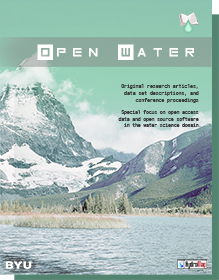Abstract
A modelling instrument was built that is able to semi-automatically set up a (steady-state or transient) groundwater model. With a given model area and modelling period, the instrument is able to select the appropriate hydrogeology data and boundary conditions, and to build a Modflow groundwater model. The river and drainage boundary conditions are selected from a PostgreSQL/PostGis database, which has been built with surface water data from various data sources using open source tools like the PostGis geoprocessing functions and the Python programming language.
The basic surface water data cover the area of the Flemish Groundwater Model, which covers Flanders and includes parts of France, the Netherlands and Wallonia. The data come from a large variety of data sources like the digital elevation model, GIS layers with hydrographic data, the navigable waterways map, hydrologic and hydraulic models. It includes geospatial data (both vector and raster) and alphanumeric data like discharge and stage hydrographs. A basic assumption was to use only existing and readily available data.
The challenge was to bring these data together and transform them into a useful set of river and drainage data, which can serve as boundary conditions for both steady-state and transient Modflow models.
BYU ScholarsArchive Citation
Koen, Foncke; Renaat, De Sutter; Jan, Bronders; Rik, Hendrix; Jan, Haest Pieter; Lermytte, Johan; and Louwyck, Andy
(2013)
"A reference database with transient river and drain boundary conditions for Modflow,"
Open Water Journal: Vol. 2:
Iss.
1, Article 20.
Available at:
https://scholarsarchive.byu.edu/openwater/vol2/iss1/20
